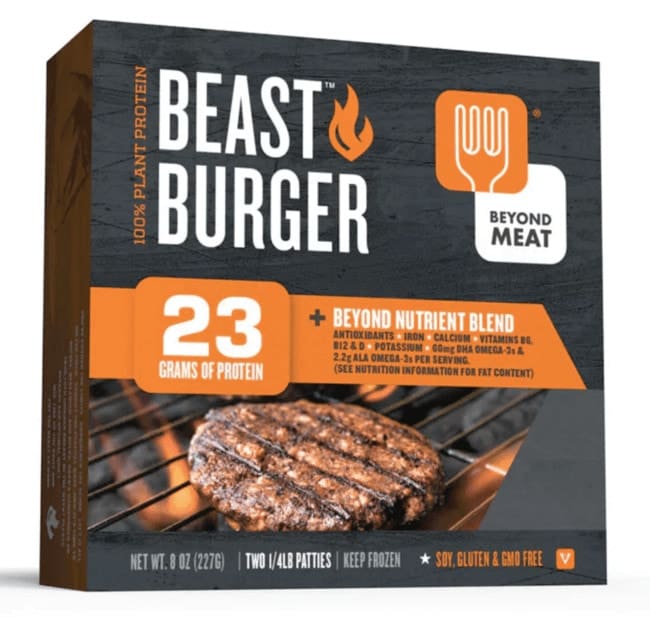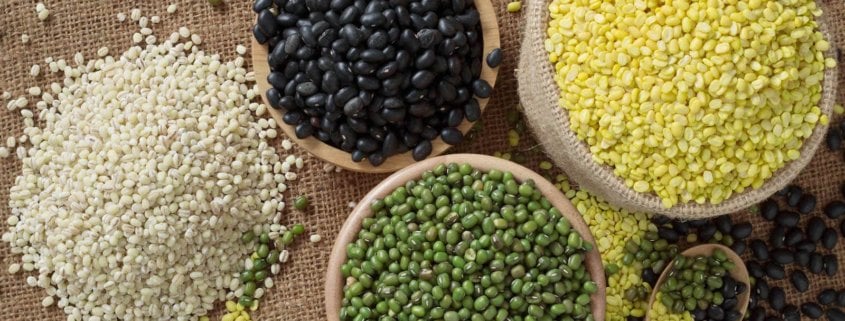Consumers Looking for More Plant-Based Proteins
Where do you get your protein? The usual answer would be from meat and other animal products. Proteins are also found in plant sources, and they are gaining a lot of traction. In fact, 63% of Americans want to eat healthy by better understanding the ingredients found in their food. The preference of most consumers for natural and simple foods has led them to explore other food alternatives such as plant-based proteins.
 Plant-Based Pulses: The New Meat
Plant-Based Pulses: The New Meat
Although the sales of lean proteins in the United States have increased by 4.8% or $19.6 billion, many consumers are also buying pulses or grain legumes. Pulses are edible seeds made up of aggregates of peas, lentils, chickpeas, and other dried beans.
In a survey conducted by Nielsen, about 61% of the respondents opted for foods that have both high protein and fiber content where pulses are clearly spot on. And with the many health benefits attributed to eating pulses, it is no wonder why the United Nations declared this year (2016) as the International Year of Pulses.
Pulses are not only perfect for vegans and vegetarians. In fact, even carnivores can also take advantage of the many health benefits of pulses. But aside from nutritional and health benefits, people are now shifting to pulses because of its taste and eating convenience.
Why Are People Eating Pulses?
Health is becoming a priority for many American consumers these days. One of the most popular superfoods for health-conscious individuals is pulses.
There are different categories of consumers that consume pulses, and they vary in their income levels, dietary preferences, and life stages. However, the recent study conducted by Nielsen Homescan Consumer Moments indicated that most people who consume lentils are women who make up 70% of the respondents.
It is also important to take note that the manner of consumption of pulses indicated that consumers eat them at home. In the study, 86% of the respondents consume legumes at home, and more are preparing them not as side dishes but as the main entrée. This means that many consumers today are taking control of their personal health by making time to cook their meals.
The Future of Pulses
Although there has been a rapid increase in popularity, the overall sales of some legumes have dropped significantly this year. For instance, while lentils and chickpeas are still dominating the sales chart with 11.1% and 64% growth respectively, other lentils like red, black, and white beans are on a steady decline.
The market for pulses in the United States is still very young. While the market is still experiencing slow growth for some of the seeds, well-known seeds like lentils and chickpeas are dominating the market. As more and more people appreciate the benefits of eating lentils, this food trend will continue to persist for years to come. It’s up to manufacturers to develop new plant-based alternatives that are tasty and excite consumers.
Inspired by nielsen.com





